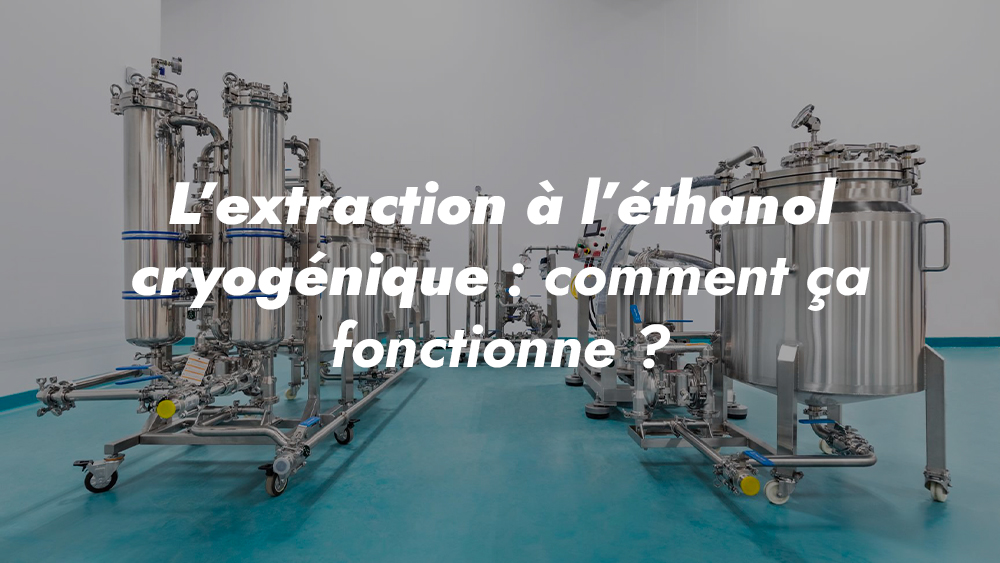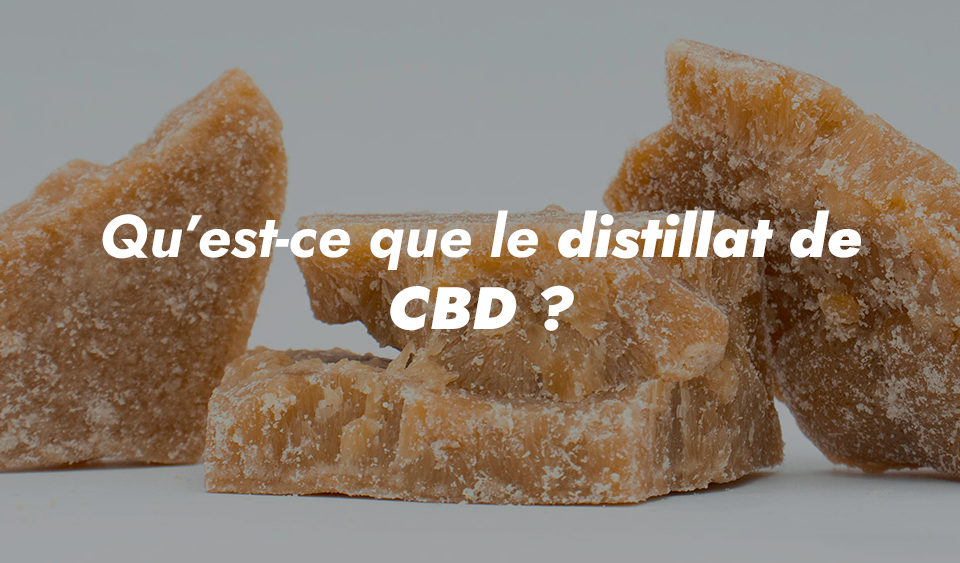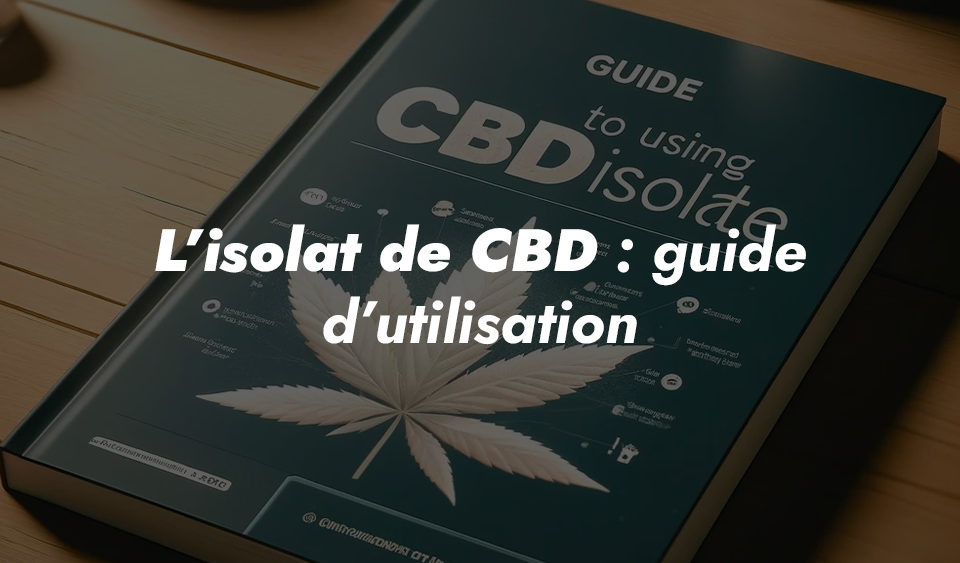
Green Exchange joins UIVEC (Union des Industriels pour la Valorisation des Extraits du Chanvre)
September 5, 2024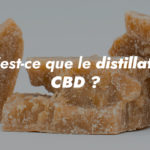
CBD distillate: definition, production, benefits and uses
October 22, 2024Cryogenic ethanol extraction is an innovative method for separating the active compounds in cannabis. As the name suggests, it uses ethanol at low temperature. Note that the use of the term "cryogenic" is a slight misnomer, since it actually refers to temperatures between -20°C and -40°C.
The main advantage of this extraction technique is that it efficiently extracts cannabinoids and terpenes without capturing impurities such as chlorophyll and vegetable fats.
At the Green Exchangelaboratory, we use - among other things - this extraction technique. We're delighted to share our knowledge with you.
Ethanol, the world's oldest solvent!
Before delving into the technical details, let's recall that ethanol, also known as ethyl alcohol, or simply "alcohol", is a solvent as old as time. Historically, ethanol has been used to make alcoholic beverages such as wine, beer and spirits.
There are many reasons for this ancestral use.
First of all, ethanol is easy to produce. This organic compound is mainly produced by fermenting sugars present in plant matter such as corn, sugar cane or fruit.
Chemically speaking, ethanol is an apolar molecule. This means it has no net electrical charge distributed across its structure. Because of this characteristic, it is able to dissolve other apolar substances, such as oils and certain complex organic compounds.
In the specific case of cannabis extraction, ethanol can extract active compounds such as cannabinoids and terpenes, which are "apolar", while leaving out impurities, which are "polar".
In short, ethanol is a solvent that "sorts out" active molecules and impurities. And when you couple this chemical characteristic with the advantages of working at very low temperatures, you get an absolutely formidable extraction tool. Indeed, at low temperatures, trichomes remain intact (and so do the phytocannabinoids and terpenes they harbor).
Cryogenic ethanol extraction: the main stages of the process
The aim of this section is not to provide you with a detailed guide to cryogenic ethanol extraction, but rather to give you a general overview of the process .
#1. Preparing plant material
Before extraction, cannabis plants must be carefully dried and ground. This process increases the contact surface between the solvent and the plant material, facilitating extraction of the active compounds.
The quality of the raw material is crucial, as the more trichomes the flowers contain, the richer the extract obtained.
#2. Ethanol cooling
Ethanol is cooled to sub-zero temperatures using sophisticated cooling systems. Using cold ethanol facilitates the extraction of volatile, temperature -sensitive compounds such as terpenes. That's why it's so important to ensure that the flowers used are of the highest quality!
#3. Cold ethanol extraction process
Once everything is ready, all that's left to do is start the extraction process. Here's how it all works in a nutshell:
- First, ethanol, cooled to between -20°C and -40°C, is mixed with the prepared plant material. The ethanol/biomass ratio ranges from 4:1 to 10:1.
- Next, the mixture undergoes controlled agitation to increase contact between the solvent and the plant material. During this phase, the ethanol dissolves the trichomes on the plant surface.
- The next step is to separate the ethanol solution from the plant material. This stage uses a combination of filtration and centrifugation. Depending on the desired compound, systems can use in-line filtration with progressively finer filters (e.g. from 100 microns to 1 micron).
#4. Ethanol recovery
The ethanol is then recovered by distillation. This process separates the alcohol from the cannabis extracts, leaving behind a concentrate rich in cannabinoids and terpenes. The solvent can be reused, reducing costs and improving the sustainability of their operations.
#5. Refinement and purification
Depending on the type of end product required, extracts can be further refined. Additional processes such as steam distillation or chromatography can be used to obtain high-purity products.
Advantages of cryogenic ethanol extraction
Cryogenic ethanol extraction has several distinct advantages over other methods such as supercritical CO₂ or butane extraction:
- Preservation of terpenes and aromas: Terpenes are aromatic compounds responsible for the flavors and aromas of cannabis. They are often lost during high-temperature extraction processes. Cold extraction preserves these fragile compounds, resulting in end products with a rich and complete aromatic profile.
- Increased efficiency: This method is capable of extracting a wide range of compounds in a single step, simplifying the production process and reducing costs.
- Safety and sustainability: Ethanol is a safer, more environmentally-friendly solvent than alternatives such as butane or propane. What's more, it can be recovered and recycled, reducing waste and long-term costs.
- Organic label: ethanol is a solvent of plant origin, which would enable us to apply for an organic label.
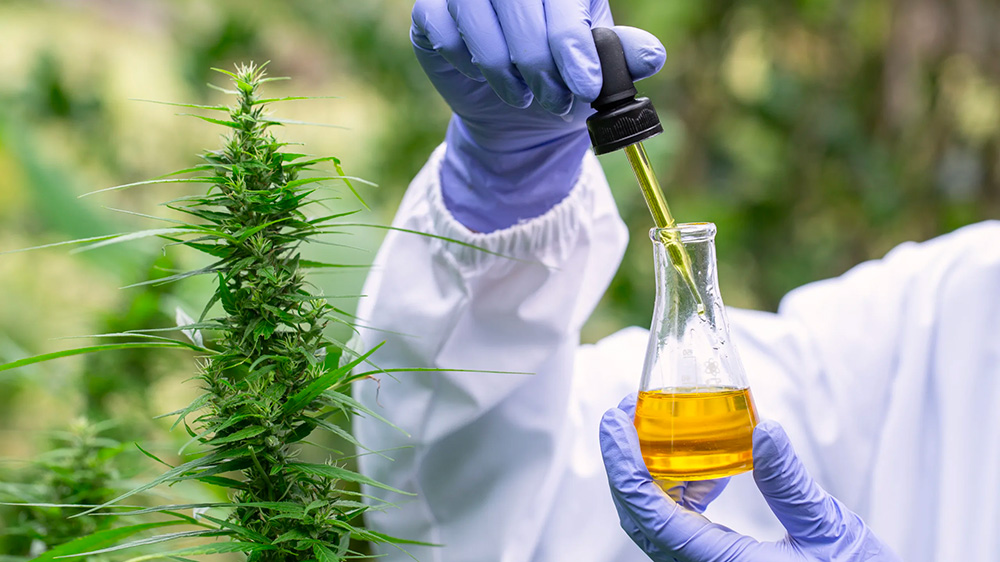
Advantages of cryogenic ethanol extraction
While it may be tempting to say that cryogenic ethanol extraction is the best method for extracting cannabis, in reality, we mustn't lose sight of the fact that it largely depends on the type of extract we want to obtain.
Indeed, cold ethanol extraction is not necessarily the best technique if you want to make CBD isolate, for example. In this case, supercritical CO2 extraction would be preferable.
Financial and human resources are also importantfactors.
| Extraction method | Benefits | Disadvantages |
|---|---|---|
| Supercritical CO2 | High purity, enables components to be targeted, high yield, possibility of recycling CO2. 👉 Produces pure isolates (+99%) |
Expensive machines, high skill levels. |
| Hydrocarbons (butane/propane) | Excellent yield (3 times higher than with supercritical CO2), only cannabinoids and terpenes are extracted, less technically demanding than other methods. 👉 Produces concentrated full- or broad-spectrum distillates. |
Good quality, but not optimal, especially in terms of terpene content. Simple handling, but dangerous (hydrocarbons are flammable). |
| Cold ethanol | Optimal preservation of terpenes, the safest process of all, enables application for organic certifications. 👉 Produces terpene-rich extracts. |
Average yield, requires expensive machinery and a high level of knowledge. |
Cryogenic ethanol extraction applications
Although it does not allow for the targeting of extract components, cryogenic ethanol extraction is versatile and can be used to produce various types of cannabis products:
-Oils and concentrates: Extracted oils are often used to make tinctures, capsules and other products for oral consumption. Thanks to this method, the oils retain a high cannabinoid content and a complete aromatic profile.
-Edibles and beverages: Extracts can be incorporated into foods and beverages, allowing consumers to enjoy the benefits of cannabis without smoking or vaping.
-Cosmetics and topicals: extracts rich in cannabinoids and terpenes can be incorporated into skin care products.
Cold ethanol extraction: our conclusion
Cryogenic ethanol extraction is a promising technique for those seeking to produce high-quality cannabis extracts.
By preserving the aromatic richness of terpenes and maximizing cannabinoid yields, this method stands out for its efficiency and safety. For cannabis producers seeking to remain competitive while meeting growing consumer expectations for natural, pure products, cryogenic ethanol extraction is an essential solution.
It's important to bear in mind, however , that there are other ways of extracting molecules from hemp, and that existing methods complement each other. That's why, at Green Exchange, we're constantly training ourselves in new and emerging extraction techniques, and investing in sophisticated machinery. Today, our extraction center is the most comprehensive in the industry.

